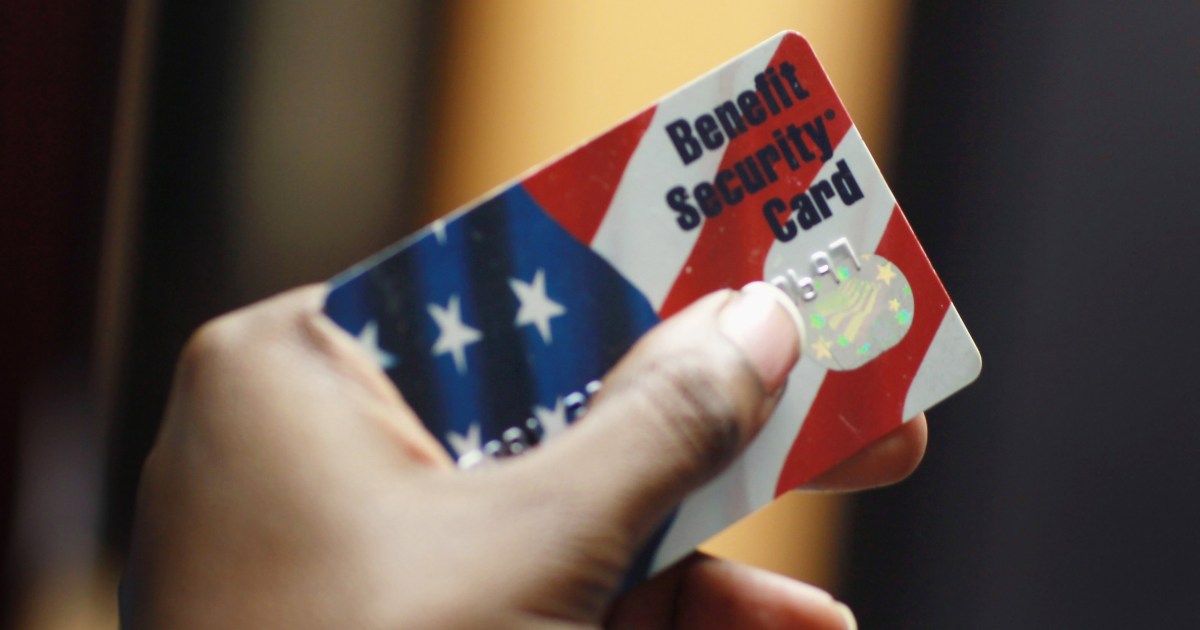The Trump administration is proposing a sharp slowdown in Medicaid spending that would shift more than $1 trillion over 10 years by steering the entitlement
When he first ran for president, Donald Trump blasted the Obama administration for hurting senior citizens by slashing billions from Medicare.
The secretary of health and human services endured hours of bipartisan grilling over the president’s budget for 2020, including cuts to Medicaid, Medicare and health research.
The federal government spends billions of dollars each year helping communities rebuild after disasters and to prevent future damage. But that money isn’t always allocated to those who need it most.
Chicagoans in mostly black neighborhoods are still more likely to live far from trauma centers than those in white neighborhoods — though the gap has shrunk dramatically since University of Chicago Medicine opened its trauma center last year, according to a new study.
Starting April 1, Philadelphia will get its own day-work program, with a few unique twists.
“SNAP is an anti-hunger program — full stop,” one expert said. “It’s not supposed to encourage people to work. It’s supposed to end hunger in our country.”
A proposal that would make it harder to obtain work-rule exemptions — a move designed to encourage people to find jobs — has social service agencies worried that the poor would be hurt.
“It is dangerous,” said the head of a Puerto Rican nonprofit group that provides food to the homeless. “People don’t have enough money to buy food already.”
A number of schools have introduced laundry rooms to try to help low-income students make it to class. The goal is to “take the stigma out of getting help,” one principal said.
To unlock the benefits of going to college, you need to earn a degree. But average completion rates in the U.S. are surprisingly low and can vary widely depending on what type of school you attend.








